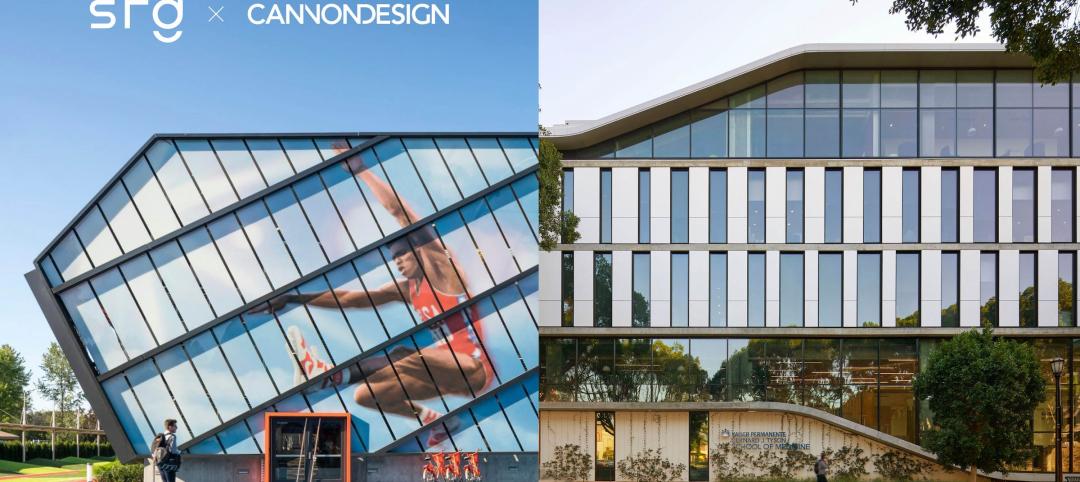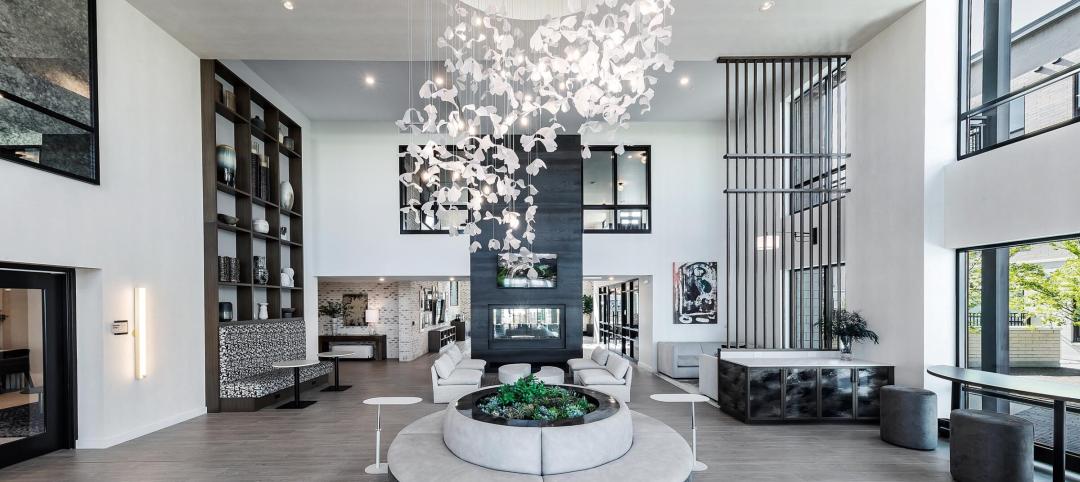A list of 10 common surprises for data center/IT managers was released at AFCOM Data Center World Spring. The list includes information on a surprising cause of data center downtime, what data center managers might not know about that next server refresh, and the growing trend sneaking up on virtually every IT manager.
Ten common surprises:
- Those high-density predictions finally are coming true: After rapid growth early in the century, projections of double-digit rack densities have been slow to come to fruition. Average densities hovered between 6.0 and 7.4 kW per rack from 2006 to 2009, but the most recent Data Center Users’ Group (DCUG) survey predicted average rack densities will reach 12.0 kW within three years. That puts a premium on adequate UPS capacity and power distribution as well as cooling to handle the corresponding heat output.
- Data center managers will replace servers three times before they replace UPS or cooling systems: Server refreshes happen approximately every three years. Cooling and UPS systems are expected to last much longer—sometimes decades. That means the infrastructure organizations invest in today must be able to support—or, more accurately, scale to support—servers that may be two, three or even four generations removed from today’s models. What does that mean for today’s data center manager? It makes it imperative that today’s infrastructure technologies have the ability to scale to support future needs. Modular solutions can scale to meet both short- and long-term requirements.
- Downtime is expensive: Everyone understands downtime is bad, but the actual costs associated with an unplanned outage are stunning. According to a Ponemon Institute study, an outage can cost an organization an average of about $5,000 per minute. That’s $300,000 in just an hour. The same study indicates the most common causes of downtime are UPS battery failure and exceeding UPS capacity. Avoid those problems by investing in the right UPS—adequately sized to support the load—and proactively monitoring and maintaining batteries.
- Water and the data center do not mix – but we keep trying: The first part of this probably isn’t a surprise. Sensitive IT equipment does not respond well to water. However, the aforementioned Ponemon study indicates 35% of all unplanned outages are a result of some type of water incursion. These aren’t just leaky valves; in fact, many water-related outages are the result of a spilled coffee or diet soda. The fix: Check those valves, but more importantly, check the drinks at the door.
- New servers use more power than old servers: Sever consolidation and virtualization can shrink server inventory by huge numbers, but that doesn’t exactly equate to huge energy savings. New virtualized servers, especially powerful blade servers, can consume four or five times as much energy as those from the preceding generation (although they usually do it more efficiently). The relatively modest savings at the end of that consolidation project may come as a surprise. There is no fix for this, but prepare for it by making sure the infrastructure is adequate to support the power and cooling needs of these new servers.
- Monitoring is a mess: IT managers have more visibility into their data centers than ever before, but accessing and making sense of the data that comes with that visibility can be a daunting task. According to an Emerson Network Power survey of data center professionals, data center managers use, on average, at least four different software platforms to manage their physical infrastructure. More than 40% of those surveyed say they produce three or more reports for their supervisors every month, and 34% say it takes three hours or more to prepare those reports. The solution? Move toward a single monitoring and management platform. Today’s DCIM solutions can consolidate that information and proactively manage the infrastructure to improve energy and operational efficiency and even availability.
- The IT guy is in charge of the building’s HVAC system: The gap between IT and Facilities is shrinking, and the lion’s share of the responsibility for both pieces is falling on the IT professionals. Traditionally, IT and data center managers have had to work through Facilities when they need more power or cooling to support increasing IT needs. That process is being streamlined, thanks in large part to those aforementioned DCIM solutions that increase visibility and control over all aspects of a building’s infrastructure. Forward-thinking data center managers are developing a DCIM strategy to help them understand this expansion of their roles and responsibilities.
- That patchwork data center needs to be a quilt: In the past, data center managers freely mixed and matched components from various vendors because those systems worked together only tangentially. That is changing. The advent of increasingly intelligent, dynamic infrastructure technologies and monitoring and management systems has increased the amount of actionable data across the data center, delivering real-time modeling capabilities that enable significant operational efficiencies. IT and infrastructure systems still can work independently, but to truly leverage the full extent of their capabilities, integration is imperative.
- Data center on demand is a reality: The days of lengthy design, order and deployment delays are over. Today there are modular, integrated, rapidly deployable data center solutions for any space. Integrated, virtually plug-and-play solutions that include rack, server and power and cooling can be installed easily in a closet or conference room. On the larger end, containerized data centers can be used to quickly establish a network or to add capacity to an existing data center. The solution to most problems is a phone call away.
- IT loads vary – a lot: Many industries see extreme peaks and valleys in their network usage. Financial institutions, for example, may see heavy use during traditional business hours and virtually nothing overnight. Holiday shopping and tax seasons also can create unusual spikes in IT activity. Businesses depending on their IT systems during these times need to have the capacity to handle those peaks, but often can operate inefficiently during the valleys. A scalable infrastructure with intelligent controls can adjust to those highs and lows to ensure efficient operation. BD+C
Related Stories
Giants 400 | Feb 5, 2024
Top 90 Shopping Mall, Big Box Store, and Strip Center Architecture Firms for 2023
Gensler, Arcadis North America, Core States Group, WD Partners, and MBH Architects top BD+C's ranking of the nation's largest shopping mall, big box store, and strip center architecture and architecture engineering (AE) firms for 2023, as reported in the 2023 Giants 400 Report.
Laboratories | Feb 5, 2024
DOE selects design-build team for laboratory focused on clean energy innovation
JE Dunn Construction and SmithGroup will construct the 127,000-sf Energy Materials and Processing at Scale (EMAPS) clean energy laboratory in Colorado to create a direct path from lab-scale innovations to pilot-scale production.
Architects | Feb 2, 2024
SRG Partnership joins CannonDesign to form 1,300-person design giant across 18 offices
SRG Partnership, a dynamic architecture, interiors and planning firm with studios in Portland, Oregon, and Seattle, Washington, has joined CannonDesign. This merger represents not only a fusion of businesses but a powerhouse union of two firms committed to making a profound difference through design.
Giants 400 | Feb 1, 2024
Top 90 Restaurant Architecture Firms for 2023
Chipman Design Architecture, WD Partners, Greenberg Farrow, GPD Group, and Core States Group top BD+C's ranking of the nation's largest restaurant architecture and architecture engineering (AE) firms for 2023, as reported in the 2023 Giants 400 Report.
Standards | Feb 1, 2024
Prioritizing water quality with the WELL Building Standard
In this edition of Building WELLness, DC WELL Accredited Professionals Hannah Arthur and Alex Kircher highlight an important item of the WELL Building Standard: water.
Luxury Residential | Feb 1, 2024
Luxury 16-story condominium building opens in Chicago
The Chicago office of architecture firm Lamar Johnson Collaborative (LJC) yesterday announced the completion of Embry, a 58-unit luxury condominium building at 21 N. May St. in Chicago’s West Loop.
Industry Research | Jan 31, 2024
ASID identifies 11 design trends coming in 2024
The Trends Outlook Report by the American Society of Interior Designers (ASID) is the first of a three-part outlook series on interior design. This design trends report demonstrates the importance of connection and authenticity.
Museums | Jan 30, 2024
Meier Partners' South Korean museum seeks to create a harmonious relationship between art and nature
For the design of the newly completed Sorol Art Museum in Gangneung, South Korea, Meier Partners drew from Korean Confucianism to achieve a simplicity of form, material, and composition and a harmonious relationship with nature. The museum is scheduled to open on February 14. It is the firm’s first completed project since restructuring as Meier Partners.
Luxury Residential | Jan 30, 2024
Lumen Fox Valley mall-to-apartments conversion completes interiors
Architecture and interior design firm Morgante Wilson Architects (MWA) today released photos of its completed interiors work at Lumen Fox Valley, a 304-unit luxury rental community and mall-to-apartments conversion.
Airports | Jan 30, 2024
Rafael Viñoly Architects’ design for the new Florence, Italy, airport terminal will feature a rooftop vineyard
At Florence, Italy’s Aeroporto Amerigo Vespucci, the new international airport terminal will feature a fully operating vineyard on the facility’s rooftop. Designed by Rafael Viñoly Architects, the terminal is expected to see over 5.9 million passengers annually. Renderings for the project have recently been released.
















